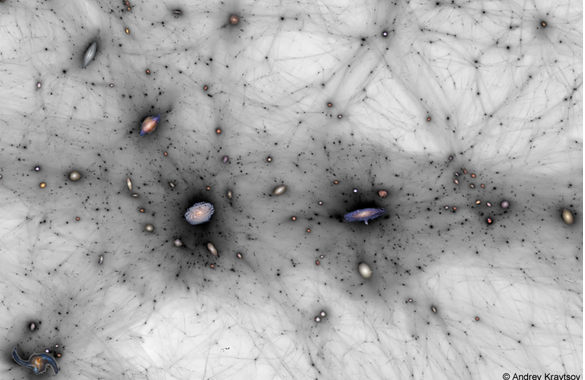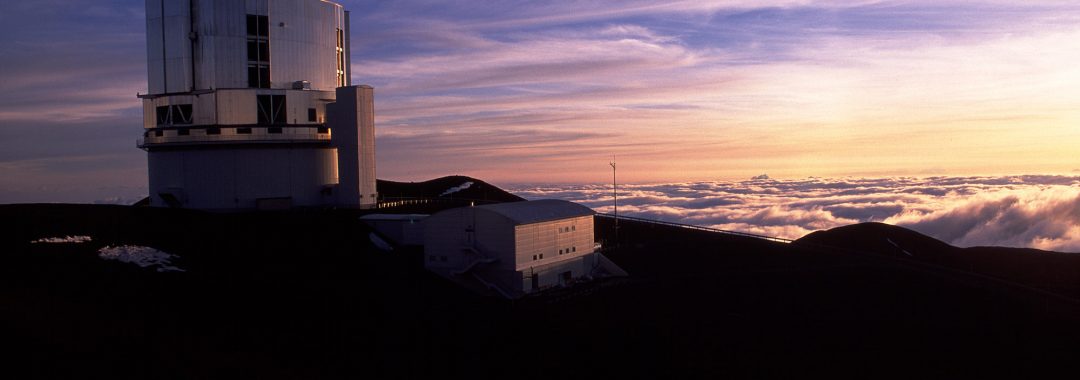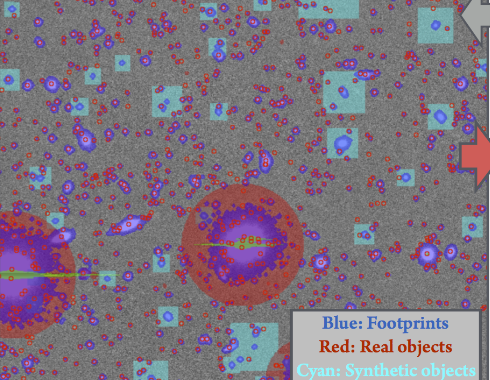Song Huang has posted the first paper in a series on the Extended Stellar Halos of Massive Galaxies. This paper takes advantage of stunning new data from the Hyper Suprime Cam Survey (which is both wide and deep) to map out the light profiles of several thousand massive galaxies to 100 kpc. Song finds a large diversity in the outskirts of massive galaxies. But this scatter in not completely random … in a forthcoming paper, Song will show that this scatter correlates with the dark matter halo mass that hosts these giant galaxies. Stay tuned!




